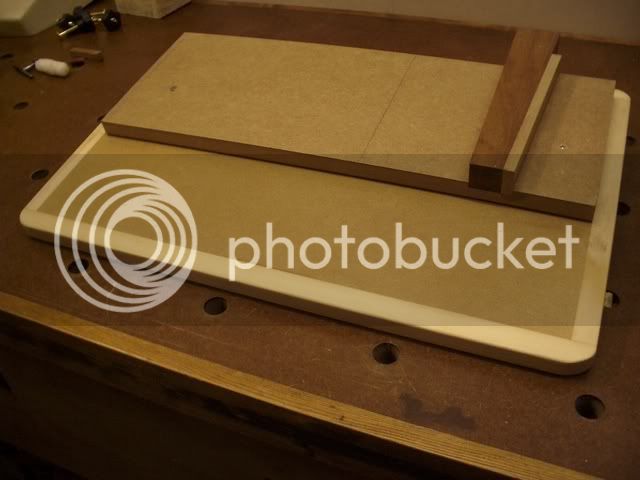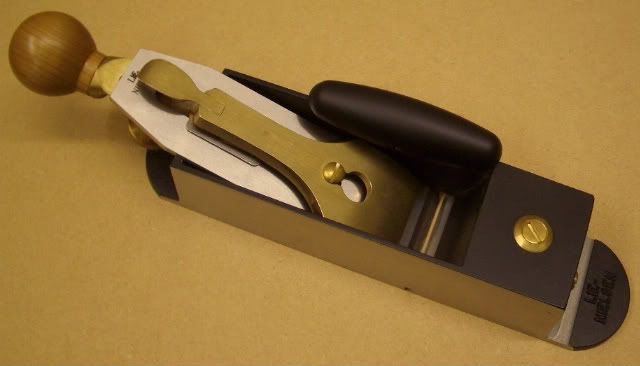Jacob
What goes around comes around.
Keep it simple - no one challenges it, because it is true! There is nothing a "shooting" plane will do which can't be done with an ordinary jack plane. In fact many manage without a shooting board at all.The advantage of a dedicated shooting plane is very marginal (if anything at all) and it certainly wouldn't show on the finished item.
Hi Jacob
This is one of those statements that is neither correct nor incorrect. Consequently no one challenges it, and it passes into Truth (which it is not).
......
If you were on a hand tool production line and having to shoot edges hour after hour, then a dedicated plane might make sense.
Nothing wrong with treating yourself to a new toy if that's what you want. But there is a big Steam Punk element to it - SP enthusiasts know that their bits of kit are useless and their tech talk is gibberish - that's not the point. With woodwork tool enthusiasts the boundaries aren't so clear cut.
Steam Punk jet pack:

Veritas motor bike:



































